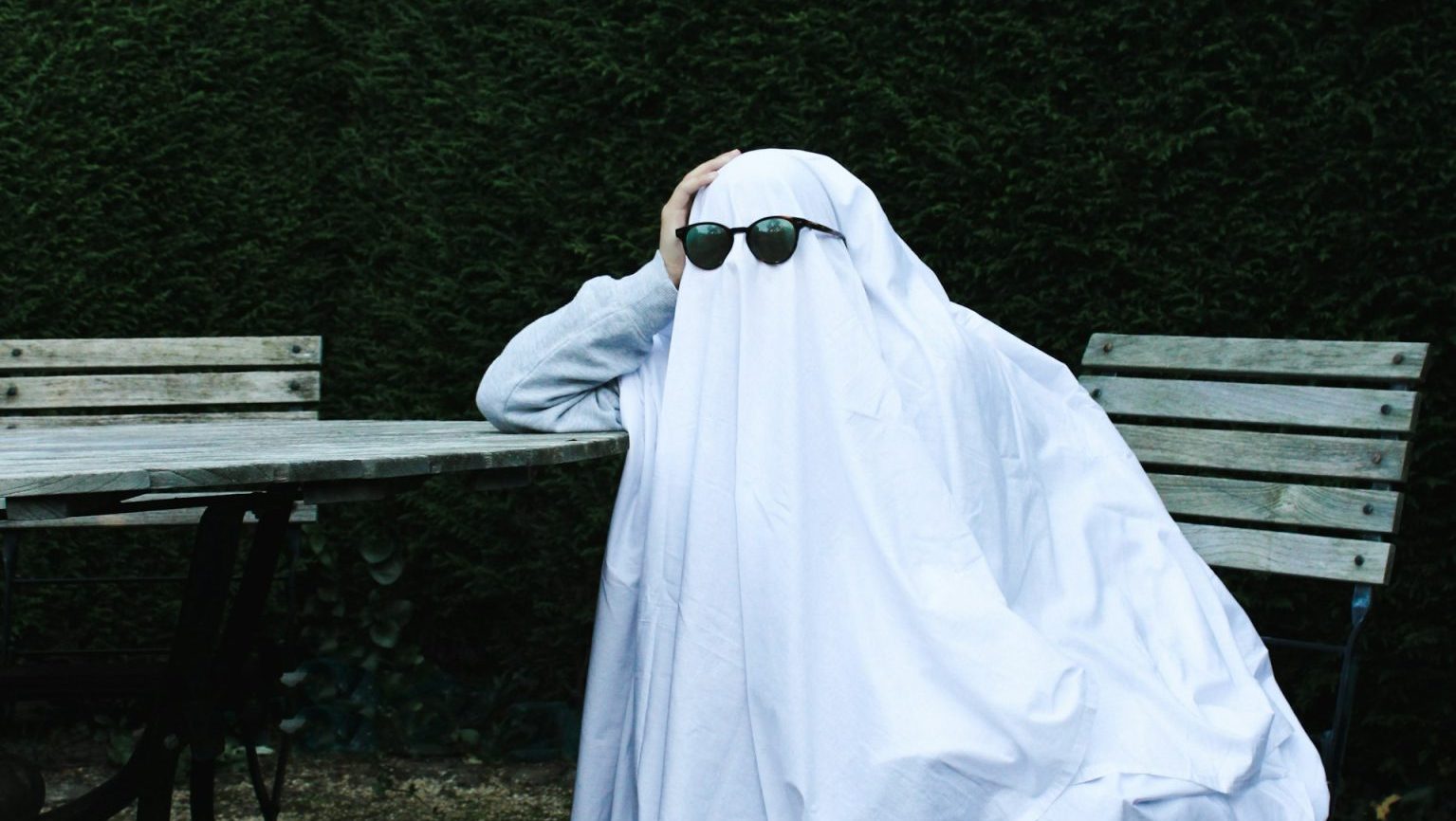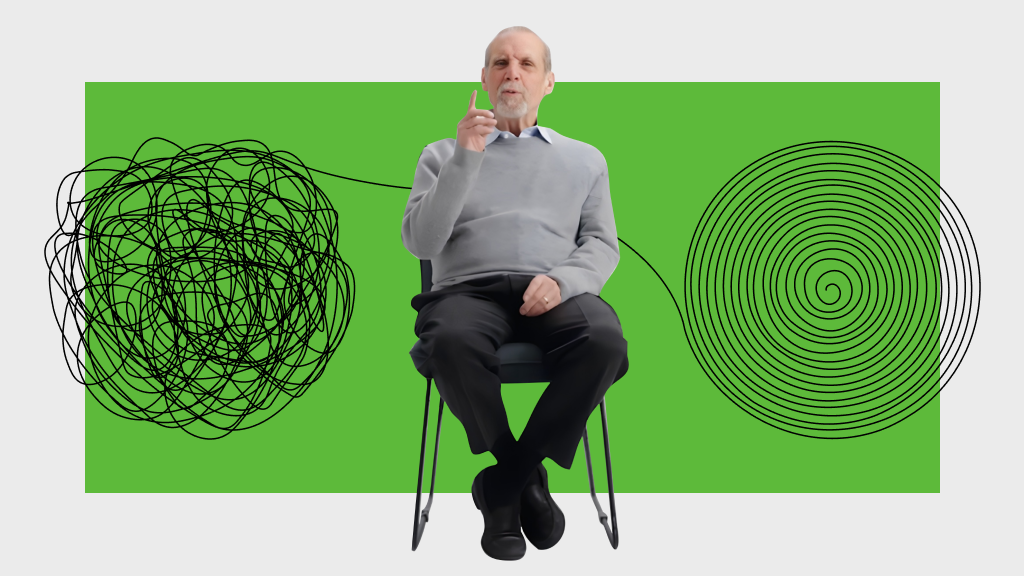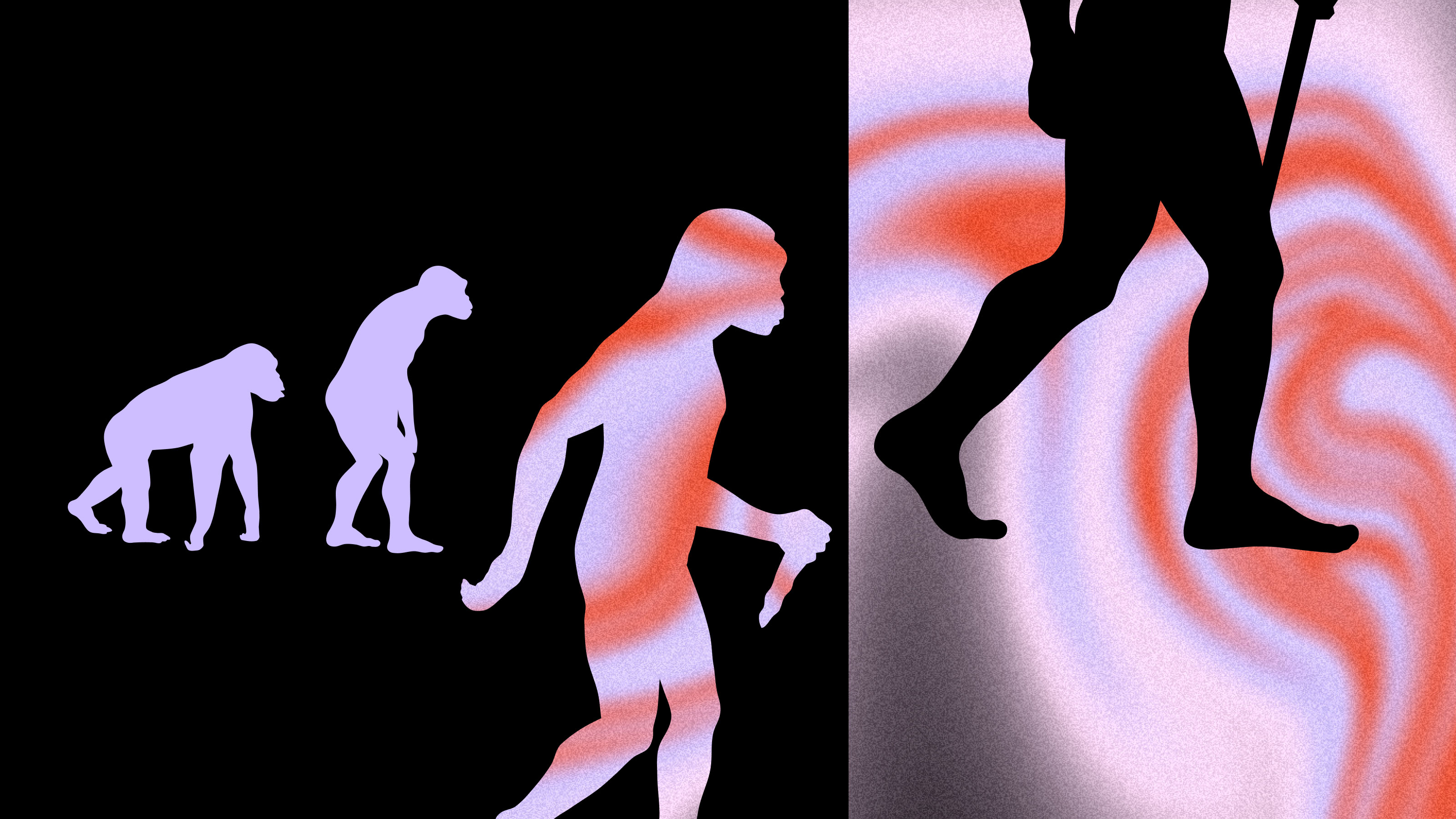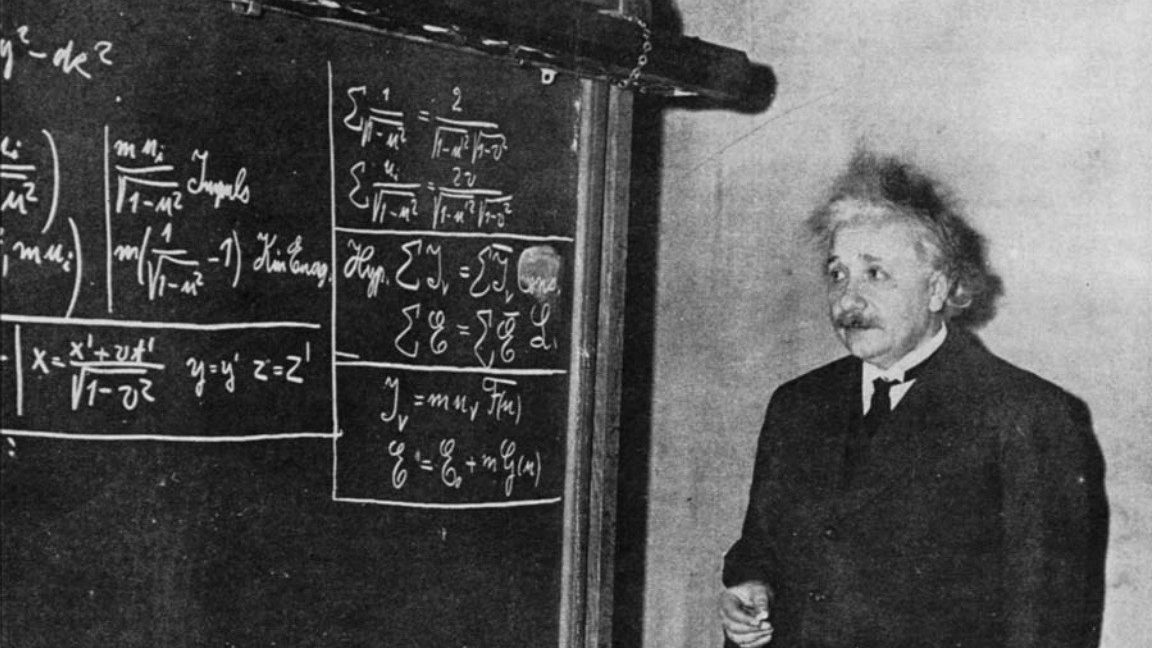Thought experiment: can we communicate across species in a way that might facilitate a greater deeper relationship between us.
Jonathon Keats: Several years ago I got to be very interested in honeybees and the extraordinary talent that they have for dancing. They're better dancers than us, they've been doing it a lot longer and they certainly seem to have dance as their culture to a greater extent than probably any other species. So I got to thinking about whether there was a way to work with honeybees collaboratively, making use of their dance in a way that would choreograph it as we do amongst ourselves for human audiences.
So what I did was I studied extensively the language of bees, the language by which they indicate to others where flowers are to be found so that others can then go and find those flowers and, in the process of pollinating them, bring back more nectar or more pollen for the hive. I worked out where hives were in the city of San Francisco relative to places that I might plant flowers. And then mapped out specifically where the flowers should be planted as a way of choreographing, of marking in their own language what sorts of moves might follow others in a way that aesthetically speaking to me at least seemed like it might appeal to them.
All of this was done with total freedom as far as the bees were concerned to follow my suggestions or not and also without any sort of obligation to perform for us. That is to say that I mapped it out and then working with some collaborators went and planted flowers and I made a map, which was available for human audiences if they were interested in seeing what the bees were up to. But there were no cameras in the hives; there was no way in which we would be able to watch what they were doing. It wasn't some sort of minstrel show; it wasn't some sort of a performance for us. It was a performance that was offered to the bees for their own amusement, for their own interest, their own edification such that then they might find the aesthetic in their dance and move beyond simply using dance in a utilitarian way for finding where flowers were to making that an integral part of their culture at the level in our culture.
I often start any project by asking a naïve question. So naïve that most likely you ask these sorts of questions when you were a child but at a certain age you learned that these were not appropriate. Or even if you ask them to yourself you never really followed through to try to see what would happen if you were to do something that was kind of patently absurd. In the case of the Honeybee Ballet I had the question of whether I could choreograph a ballet for another species. Communicating across species in a way that might facilitate a greater deeper relationship between us. Especially at a time where colony collapse disorder was, effectively through our use of pesticides, destroying their habitat. Was there a way in which we can find some sort of a common ground? And dance is such an essential part of what we do as humans that I thought that perhaps I could offer that to the bees as something that they could participate in as well.
So asking that question, could I choreograph a ballet for another species for honeybees? I don't know any of them. I've never talked to them. I know only about them as much as I've ever read. But realizing that their language is incredibly sophisticated, arguably as sophisticated as ours according to their culture, according to their needs, that I could find that common ground. And once I had figured out the basic way in which to try to communicate with them using their own language, using flowers, I realized that there was a way in which I could pursue this rather naïve question. Not for the sake of reaching an answer, a solution that would resolve this in some definitive way but rather as a way of continuing my exploration, that we could continue to think about what sort of relationship we have with other species. How our culture and theirs have commonalities because we all come from the same place and we all need to get to the same place. So how do we do that?
The bigger question of how we live within a world that is as complex as ours in harmony with other species is one that gets addressed through this much smaller more naïve question of asking what would it mean, what would it take to choreograph a ballet for honeybees.
Directed / Produced by Jonathan Fowler and Elizabeth Rodd





